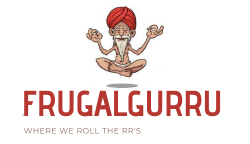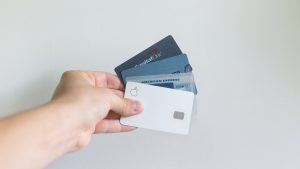Student loans fall into the category of unsecured debt – liabilities that are not tied to collateral such as cars or your home. By unsecured loans, lenders, and extensions, third-party debt collectors seeking to collect that loan cannot threaten to take your home or car, decorate wages, or freeze your bank account. For that, you need to go to court and get a verdict against you.
One defense consumers have in the case of unsecured debt is the statute of limitations. Once the debt reaches a certain age, the debtor or collector can no longer go to court to seek a judgment against you. The number of years varies from state to state, but every state has a statute of limitations to prevent debt from coming back down for years.
One of the differences between the Department of Education’s most unsecured debt and student loans is that the statute of limitations does not exist. No matter how long it has been after you have made a loan, it is still legally enforceable. Holders of debts can go to court to seek judgment against you for loans.
The second difference between most unsecured debt and education loans is that unlike most other types of unsecured debt, default student loans are not discharged in Chapter 7 bankruptcy. Unless you have to prove extreme financial hardship, you still have to pay your student loans even if you file for bankruptcy.
Education loan debt collection
The Department of Education also has a number of ways to collect default education loans that are not available to most bill collectors. For example, you can require employers to not only “get back” their money by deducting it from tax refunds or Social Security payments, but also to withhold wages from those who set student loans on debt. The department sometimes sends loans to external collection agencies. If the default student loan is sent to a third-party debt collector, you are responsible for paying the collection costs. If you are taken to court over a default education loan, you are responsible for paying court costs.
Third-party debt collection
The Department of Education releases many default loans to third-party debt collectors each year. These agencies are very incenting to get to keep 25 cents of every dollar they collect and to do whatever they can to collect as much as possible. In that case, it is not uncommon for these debt collection agencies to go beyond illegal debt collection practices. Despite the difference between education loan debt and other consumer debt, agencies that collect educational loans must comply with the Fair Debt Collection Practices Act as other debt collectors need to. If debt collectors intimidate you, mislead, harass, or knowingly embarrass you, they can be guilty of violating the FDCPA and face penalties for their actions. Don’t be a victim of unjust and illegal debt collection practices. A fair debt lawyer will help you understand what you can do to get law and justice.
Integrating student loan debt is the most efficient yet undervalued way to address the problem of accumulated student debt. Despite rising costs of higher education and large numbers of students and large debts, many students do not seem to recognize the benefits of integrating student debt.
Student Loan Debt Consolidation is a comprehensive financial package specifically designed to help students tackle debt issues. Student loan consolidation provides the option to combine all of your student loans into one, making it easier to manage your loans. The consolidation of this type of student debt can make a big difference for students looking for ways to reduce their financial burden.
Idealism and Realism
Ideally, students with a higher education degree should be able to devote themselves to academics without worrying about other things. Unfortunately, the reality of the situation is that higher education is an expensive affair and continues to grow more expensive every year. To cope with these high costs, you will need more students to take out student loans. During the school year, many students plan to take out multiple loans from multiple lenders. The reality of the situation is that at graduation, most students have large student debt.
Efficient response of debt
The truth of the matter is that most students are confused and frustrated to see the amount of debt they have accumulated. Integrating student debt helps address excessive student debt by combining all outstanding loans into a single loan. In this way, borrowers no longer have to deal with different interest rates with multiple lenders.
Student loan debt arrangements also offer students the opportunity to save money in the long run. This is easy to achieve, as rates are usually fixed at interest rates lower than normal rates. Student loan debt consolidation also offers many options for repayment. Students can choose to defer payments or extend the payment period to suit their needs.
Student loan consolidation is probably the most efficient and easiest way, as it streamlines everything into one loan that can be handled easily. Its low interest rates and easy payment plans make it an ideal option for students struggling with debt. If you are a student and are worried about how to pay your student loans, learn more about the integrated package of student debt available and get your finances in place today.




